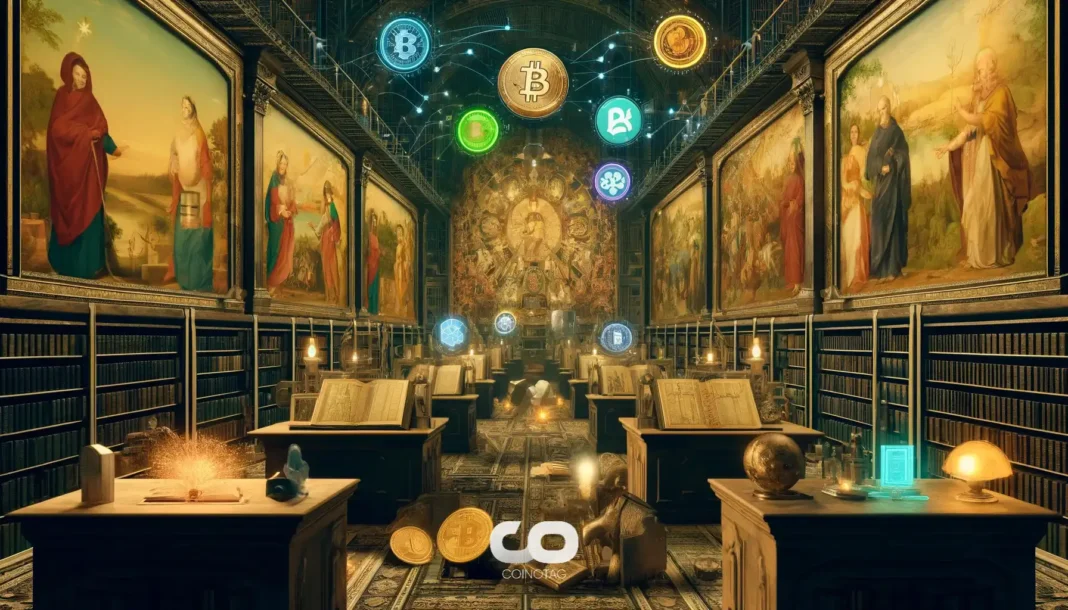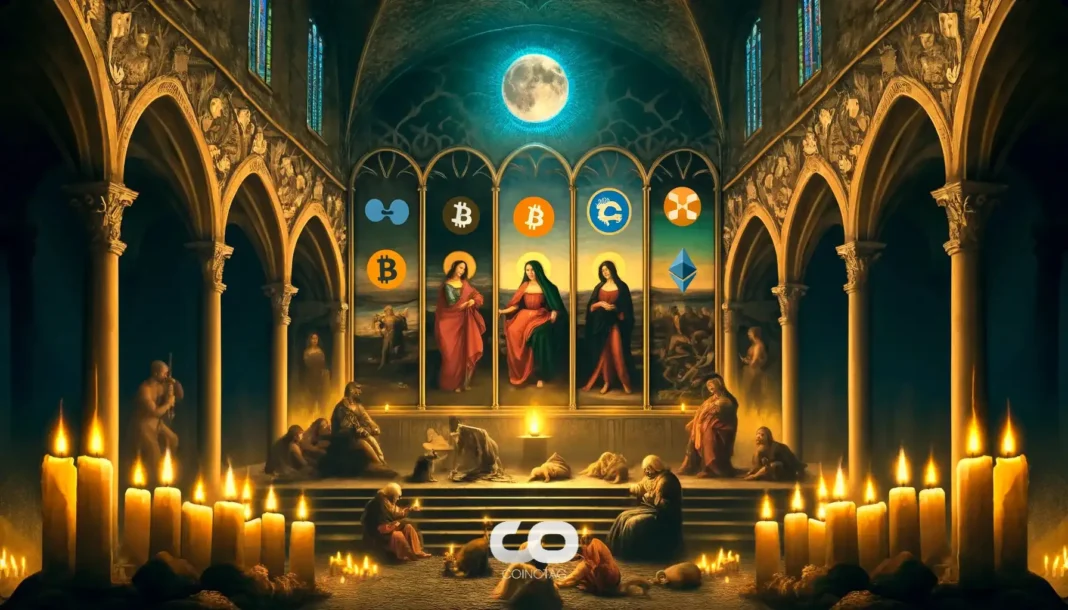-
The Graph Foundation teams up with Coinbase to enhance NFT transfer indexing on Base, an Ethereum Layer 2 platform, accelerating decentralized application development.
-
This collaboration leverages The Graph’s proven multi-chain indexing capabilities to boost Base’s scalability and developer engagement, fostering a robust ecosystem.
-
According to The Graph Foundation’s official blog, “This integration enables fast and seamless indexing of NFT transfers and other on-chain events,” marking a significant step for Ethereum Layer 2 solutions.
The Graph and Coinbase partner to improve NFT indexing on Base, enhancing Ethereum scalability and developer activity with rapid deployment of subgraphs and dApps.
The Graph and Coinbase Strengthen NFT Indexing on Base Layer 2
The Graph Foundation’s collaboration with Coinbase focuses on optimizing NFT transfer indexing on Base, Coinbase’s Ethereum Layer 2 network. By deploying The Graph’s indexing protocol, developers can now efficiently build and deploy subgraphs that track NFT transactions and other smart contract events. This integration builds on The Graph’s established multi-chain support, which has previously accelerated dApp development on networks like Arbitrum and Optimism. The swift deployment—achieved within ten minutes—demonstrates the seamless compatibility between Base and The Graph’s infrastructure, positioning Base as a scalable and developer-friendly environment for Ethereum Layer 2 applications.
Developer Adoption and Ecosystem Expansion on Base
While the integration has not yet triggered immediate market fluctuations in GRT or ETH liquidity, early indicators show a rise in developer activity on Base. The Graph’s indexing services enable real-time data querying, which is essential for decentralized applications requiring accurate and timely NFT transfer information. Coinbase’s developer teams, alongside The Graph’s core contributors, are actively deploying subgraphs and dApps, signaling growing ecosystem maturity. Historical trends from previous Layer 2 integrations suggest that this collaboration could lead to increased demand for on-chain data services, ultimately enhancing Base’s utility and attracting more projects to the network.
Historical Context of Layer 2 Integrations and Their Impact
Past integrations of The Graph with Layer 2 solutions such as Arbitrum and Optimism have demonstrated measurable increases in GRT token utility and subgraph deployment activity. These successes provide a positive outlook for the Base integration, as similar patterns of adoption and ecosystem growth are expected. Industry analysts highlight that indexing new networks typically catalyzes developer engagement and broadens the scope of decentralized applications. Kanalcoin’s coverage underscores this trend, noting that The Graph’s expanding support for Layer 2 platforms is instrumental in scaling Ethereum’s infrastructure while maintaining data accessibility and transparency.
Conclusion
The partnership between The Graph Foundation and Coinbase to enhance NFT indexing on Base marks a strategic advancement in Ethereum Layer 2 scalability and developer empowerment. By enabling fast, reliable indexing of NFT transfers and smart contract events, this integration supports the growth of decentralized applications and strengthens Base’s position within the Ethereum ecosystem. While immediate market impacts remain subdued, the long-term potential for increased developer adoption and ecosystem expansion is significant. Stakeholders and developers are encouraged to explore the new capabilities and contribute to the evolving Base network.







